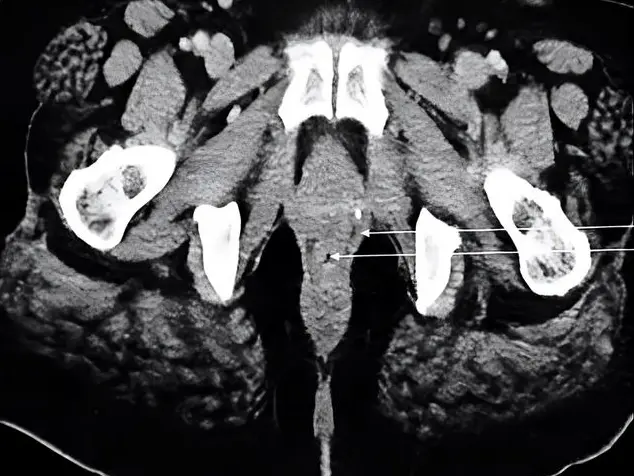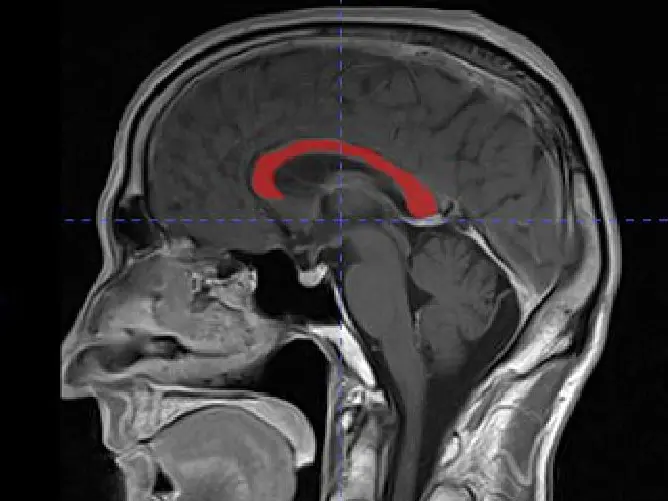The astrocytes of the optic nerve form a network of cells around the nerve fibers and – in particular – establish contacts with the meningeal envelope of the nerve. The morphology of these cells has been analyzed by applying fractal methods (FracLac software) to camera lucida (two-dimensional) drawings of astrocytes, taking the following three parameters into consideration: fractal dimension (DB), lacunarity (lambda) and density. These parameters provide information on the morphological complexity, heterogeneity and size of the cells respectively.
All three parameters demonstrate that differences exist between astrocytes located in the central region of the optic nerve and those in a marginal position. The former are larger than the latter, which are closely associated with the meningeal envelope of the nerve.
Our results suggest that peculiarities in the morphology of astrocytes are related to the anatomical region in which they are located, where they adapt to the gaps that remain between other neural elements, as is the case of the myelinated nerve fibers of the white matter. This theory is supported by the results of a study in which the morphology of the astrocytes of the corpus callosum were analyzed by applying the same fractal geometry methods.



